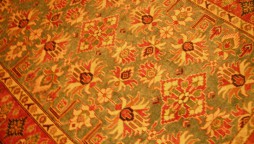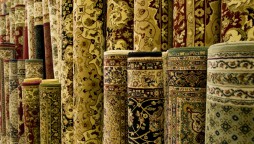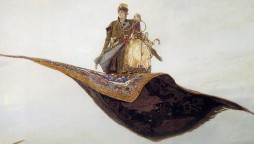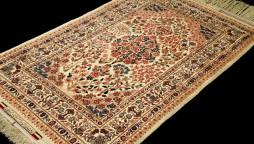The Savonnerie: Europe’s Rug Renaissance
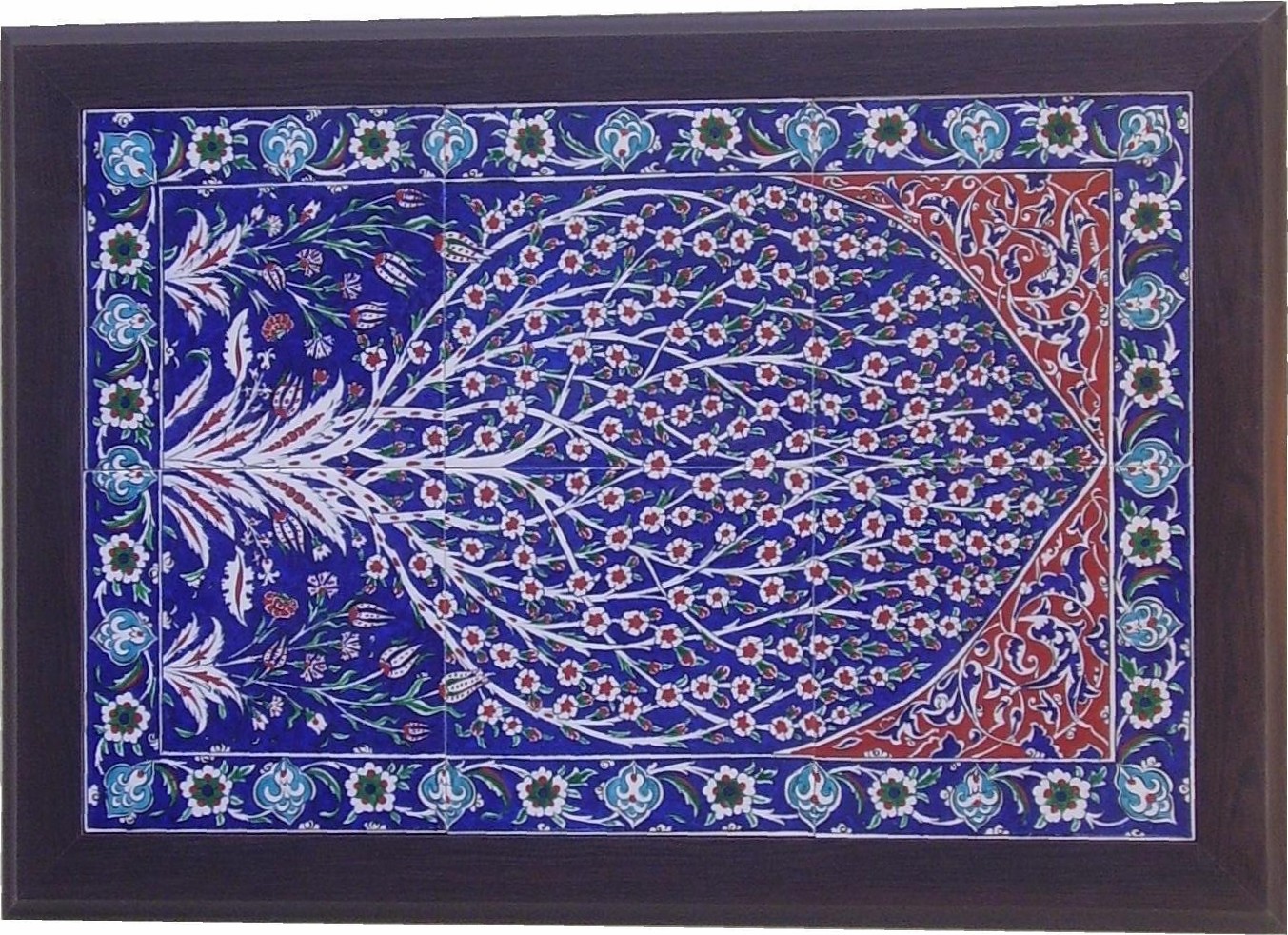
The French Connection
While the vast majority of handmade rugs come from Middle Eastern countries such as Iran, Turkey and Pakistan, other areas around the world are making contributions as well. One such country, France, played a significant role in adopting the Persian rug tradition, and produced some of the most popular European carpets for nearly 200 years.
Soap to Savonnerie
Upon their discovery, Europeans delighted in the artisanship displayed in Persian rug weaving, seeking to assume the techniques themselves and cut down on the cost of importation. In the early 1600’s, this led to the reigning monarch of France, Henri IV, to suppress the amount of money sent elsewhere to purchase Oriental rugs by providing workshops for local craftsmen.
One of these men was Pierre Dupont, who returned from the Levant (known at that time as the eastern Mediterranean countries) having learned the art of Turkish weaving in his travels. His ability to produce rugs that mimicked those emanating from the East led to his establishment in the Louvre, hoping to revive the French luxury arts.
In 1627, the king’s predecessor placed Dupont in an abandoned soap factory called the Hospice de la Savonnerie at Chaillot, and thus the Savonnerie rug was born.

From the Hands of Babes
One of the distinct characteristics of early Savonnerie carpets was the use of young orphans in the weaving process. These children worked alongside artisans of the craft, producing rugs specifically for the king’s palace, and often under unfavorable conditions. Yet, because of their growing popularity among France’s elite, additional orphans were assigned to the manufactory to meet the demand.
However, this practice eventually became unpopular with Dupont, and led to him continuing work at the Louvre until his death in 1640.
Though the history of Savonnerie rugs begins inauspiciously, it wasn’t long before superbly trained weavers were employed in their production. By 1664, Savonnerie carpets flourished, leading to some of the greatest achievements of European rug-making that stand to this day. Many of them continue to grace the walls and grand hallways of such buildings as Versailles, the Louvre, and monarchial buildings outside of France.

The Beauty of Savonnerie
The similarities between Persian rugs, and those produced under the Savonnerie name, end at the techniques exercised in the weaving process. While early carpets imitated some of the Persian design work, the style soon began to portray more neoclassical motifs of French medallions, floral bouquets and sweeping vinery. These depictions were mostly derived from wool and utilized silk in the detail work, exemplifying the grace of European design.
Like other art produced during this era, the dyes represent the French monarchy, featuring deep blue, black and earth tones wrapped inside multiple borders. Their elegant appeal has helped the Savonnerie designation carry itself well into modern day, giving collectors and appreciators a sense of France’s contribution to the artistry of rug weaving.
As with other antiques, these rugs are best maintained through regular professional repair and proper cleaning, ensuring they preserve their luster for many years to come.
Unsure if your rug is handmade? Visit our latest infographic for the basics on our appraisal process.

